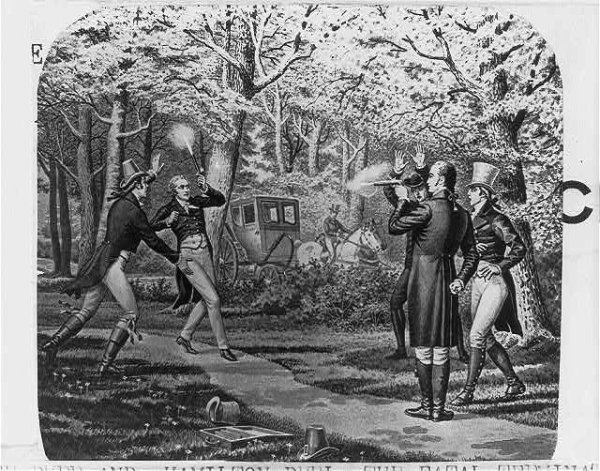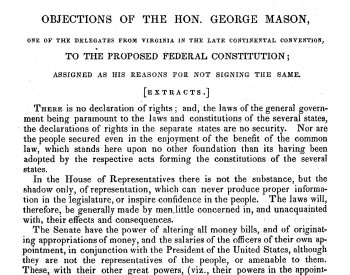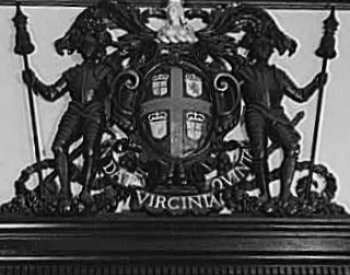On July 11, 1804, Vice President Aaron Burr fatally shot Alexander Hamilton in a duel on a bank of the Hudson River in Weehawken, New Jersey. Many Americas were outraged by Hamilton’s death at the hands of his political rival, but details about what had transpired were disputed by the few individuals who were present at the duel. In this lesson, students interrogate competing accounts to try to figure out what exactly happened at this infamous event.
We developed this lesson with the support of the Educating for American Democracy (EAD) participants and in collaboration with Los Angeles Unified School District. We designed this lesson with 5th-grade classrooms in mind, but it is readily adaptable for use with older students. It focuses on the EAD theme of “Civic Participation” for grades 3-5. It addresses the history driving question: "What kinds of challenges arise when people decide to take action to try to solve problems?” (HDQ1.2B) It also addresses the history guiding question: “What have people done when they disagreed with their community members, teammates, or leaders?” (HSGQ1.2A) The lesson also addresses the civic driving question: “How can we work with others (even those who disagree with us) to help make change in society?” (CDQ1.2C) To access the other Reading Like a Historian K-5 lessons made in this collaboration, click here.

Image: Illustration of the Burr-Hamilton duel. From the Library of Congress.

